Activity
Solids, Liquids, Maple Syrup!
On your mark, get set, pour! Your first grader has probably already noticed that some liquids, such as pancake syrup, pour slower than liquids like water. While this topic is always fun (and a little sticky) to explore in the kitchen or at mealtimes, it’s good first grade science, too. In fact, a common core topic in early elementary school science is the difference between solid and liquid states of matter. And you don’t need any fancy lab equipment to learn about it. Use the activity below to help your budding scientist become familiar with the properties of liquids and solids.
Grade:
Subjects:
Thank you for your input.
What You Need:
- Plastic bottles
- Assorted liquids (water, syrup, dish detergent)
- Assorted solids (wooden blocks and pieces of plastic and metal)
- Basin or sink
- Pure maple syrup
- Heavy saucepan
- Journal or notebook
What You Do:
- Show your child the liquids you’ve assembled. Have her to name and describe the appearance of each liquid. Use a special journal to write down her descriptions.
- Now fill the water bottles with each liquid and pour each liquid from one bottle to another empty bottle. Be sure to write down her observations. Your child may notice that liquids pour and flow and liquids take on the shape of the container that holds them.
- Gather up the solid objects you've accumulated and have your child name and describe each one. Ask her what she would like you write down in her "scientific journal." As she examines each solid, help your child name different properties (hard, soft, etc.) of the solid objects. She can write some of the words in the journal herself.
- Compare and contrast! Encourage your child to compare the two states of matter and list the ways solids and liquids are alike and different.
- Now it’s time for some culinary fun. Pour one cup of maple syrup into a small, heavy saucepan. Heat it over medium heat, stirring constantly, and let your first grader help. Make sure to use a long-handled spoon to minimize any spatters on your child. Hot sugar syrup can hurt!
- Gently boil the maple syrup for about ten minutes, and then invite your child to see what’s going on. Has the syrup changed? Is it thicker? That’s because some of the water in the syrup has boiled off!
- Now put the syrup back over the heat and gently boil again for another 10-15 minutes. Be careful to keep the syrup from burning the bottom of the pan! Observe the sweet development: the sugar will crystallize into a soft, solid, scrumptious maple sugar.
- Yummy knowledge! After all this scientific inquiry, your child can probably explain quite clearly the differences between solids and liquids -- unless she’s enjoying a mouthful of maple sugar candy. In that case, we recommend that everyone has a bite, too.
- Don't forget to save! Keep your child's "scientific journal" for other experiments down the road. Not only will she love showing it off to family and friends, it will also inspire her to want to learn more about science.
Related learning resources

Matter Mixup: Writing Solids, Liquids, and Gases
Worksheet
Matter Mixup: Writing Solids, Liquids, and Gases
Kids write down examples of solids, liquids, and gases in this 1st grade physical science worksheet that focuses on the states of matter.
1st Grade
Science
Worksheet
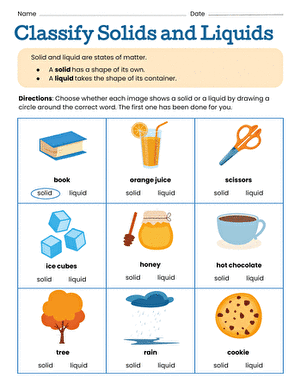
Classify Solids and Liquids
Interactive Worksheet
Classify Solids and Liquids
...Students will read brief definitions of solids and liquids....
Science
Interactive Worksheet
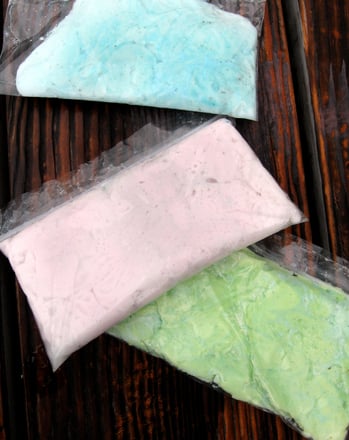
Gluep: Solid or Liquid?
Activity
Gluep: Solid or Liquid?
Explore solids and liquids with your young scientist by making gluep, a goopy substance that can behave like both a solid and a liquid!
1st Grade
Science
Activity

Do Some Liquids Expand More than Others When Frozen?
Activity
Do Some Liquids Expand More than Others When Frozen?
In this science fair project, kids observe the expansion of liquids when frozen and determine if some liquids expand more than others in the freezing process.
Kindergarten
Activity
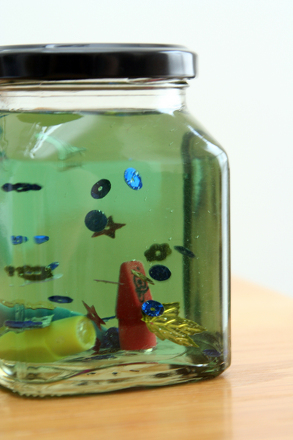
Make a Decorative Paperweight!
Activity
Make a Decorative Paperweight!
Using water, corn syrup, and sequins, your child can create a unique art project while exploring what happens when different liquids are mixed together!
Preschool
Activity
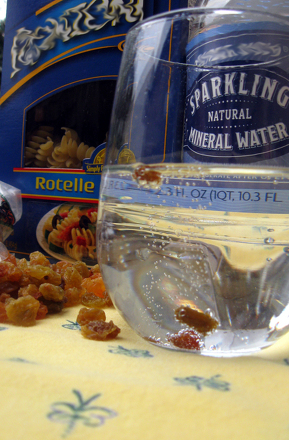
Dancing Raisins
Activity
Dancing Raisins
First grade science often covers solids, liquids, and gases. This silly science explores serious facts about the difference between all three.
1st Grade
Science
Activity
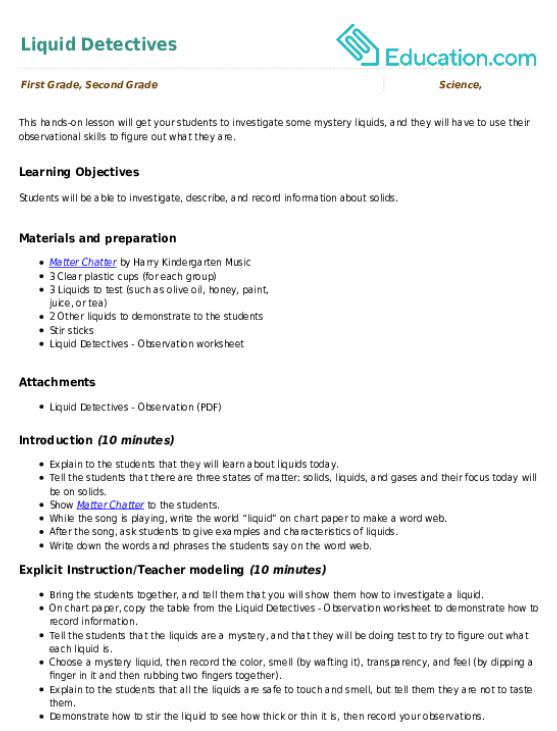
Liquid Detectives
Lesson plan
Liquid Detectives
This hands-on lesson will get your students to investigate some mystery liquids, and they will have to use their observational skills to figure out what they are.
1st Grade
Science
Lesson plan
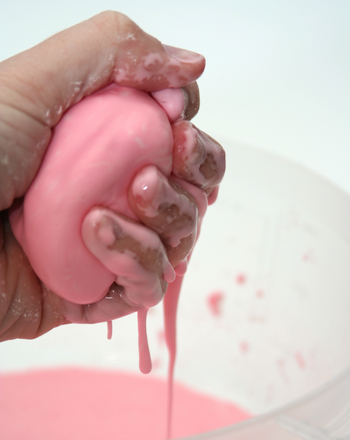
Oobleck Science: Solid or Liquid?
Activity
Oobleck Science: Solid or Liquid?
...Help your child add in water slowly, until the mixture is thick (about the consistency of syrup)....
1st Grade
Science
Activity
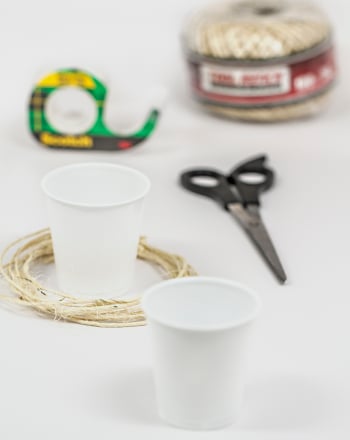
How Sound Travels Through Air and Solids
Activity
How Sound Travels Through Air and Solids
This classic children's game demonstrates how sound travels through air vs. through a solid.
Kindergarten
Science
Activity
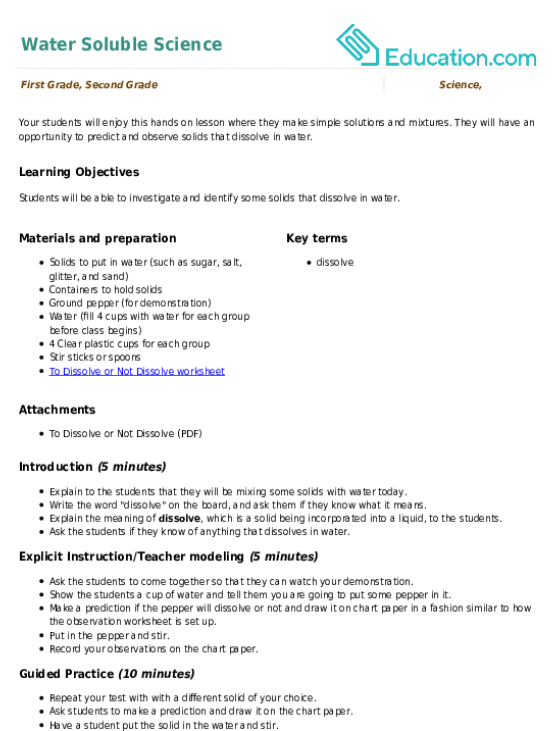
Water Soluble Science
Lesson plan
Water Soluble Science
They will have an opportunity to predict and observe solids that dissolve in water.
1st Grade
Science
Lesson plan
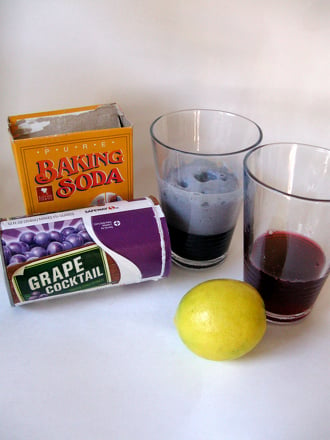
Explore Color Science with Grape Juice
Activity
Explore Color Science with Grape Juice
Your kid will be captivated as she watches liquids change color before her very eyes during this fun science project that introduces some chemistry basics.
1st Grade
Science
Activity
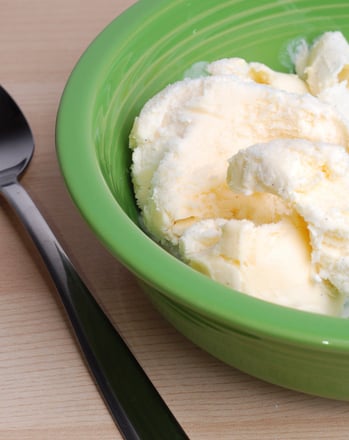
Ice Cream Science
Activity
Ice Cream Science
...Explain that you’re going to make your own ice cream while learning about liquids and solids....
Science
Activity



